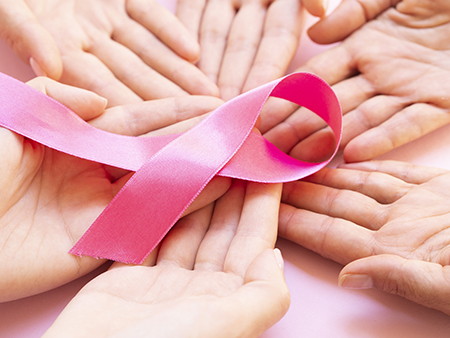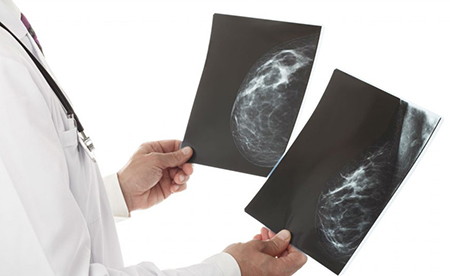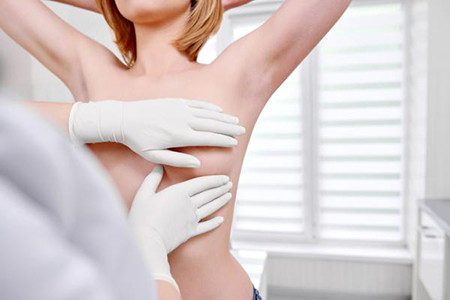Nodules
Other specialties
They are a lump or a localized hardness, in one place. They can be a fluid-filled cyst or benign dysplasia. Cancer starts as a nodule, so it is critical to clarify its nature quickly. Depending on the diagnosis, its treatment will vary from antiestrogen anti-inflammatory medication to antibiotics. All of them by an oral route. Some ointment may also be used at the localised point.
But breast lumps are common and most often benign, particularly in young women. Still, it’s important to have any breast lump evaluated by a doctor, especially if it’s new, if it feels different from your other one, or if it feels different from what you felt before.
The breasts contain tissue of varying consistency, including fatty, glandular, and connective tissue. You may find that breast-related symptoms, such as tenderness or lumpiness, change with the menstrual cycle. The appearance of lumps during this time may be due to excess fluid in the breasts. Breast tissue also changes as you age, usually becoming fatter and less dense.
Being familiar with how your breasts normally feel makes it easier to detect any changes. Check with your doctor if you have any of the following
- If you find a new lump or thickening in your breast that feels different from the surrounding tissue You notice a change in the size, shape or appearance of your breasts
- Breast pain doesn’t go away after your next period
- You notice changes in the skin of your breasts, such as itching, redness, scaling, dimpling, or folding
- You have an inverted nipple that wasn’t there before
- You notice a spontaneous nipple discharge





